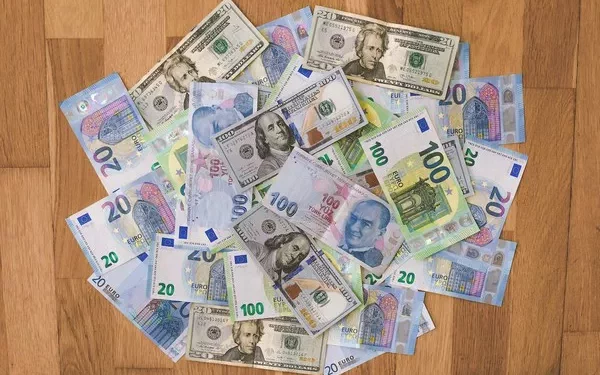According to the different forms of business, it can be divided into the following three main types: interbank, bank external transaction market and retail market.
In these three markets, each market has its corresponding participants, and the participants in the three markets have their own characteristics.
1. Interbank market At the top of the foreign exchange market is the interbank market, which consists of the largest banks in the world and some small and medium-sized banks.
Participants in the market can trade directly or through automated Electronic Economy Services (EBS) or Reuters Trading.
2. Banks in the foreign exchange market Commercial banks will also provide part of their trading volume to MM market makers, ECN dealers, hedge funds and other large capital players in the market.
3. Retail foreign Exchange market The retail foreign exchange market is a mass market derived from the interbank foreign exchange market.
It is also an over-the-counter market.
Retail foreign exchange market is a market with brokers as intermediaries and retailers as the main body.
Retail forex investors access the forex market through brokers and liquidity providers provide quotes and facilitate trading.
We ordinary investors are exposed to the retail foreign exchange market.


























